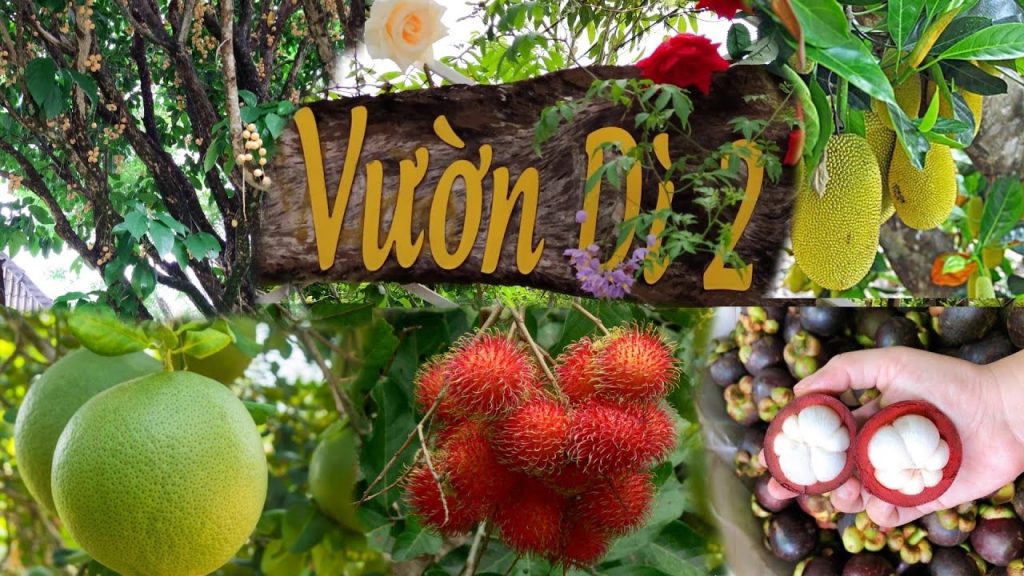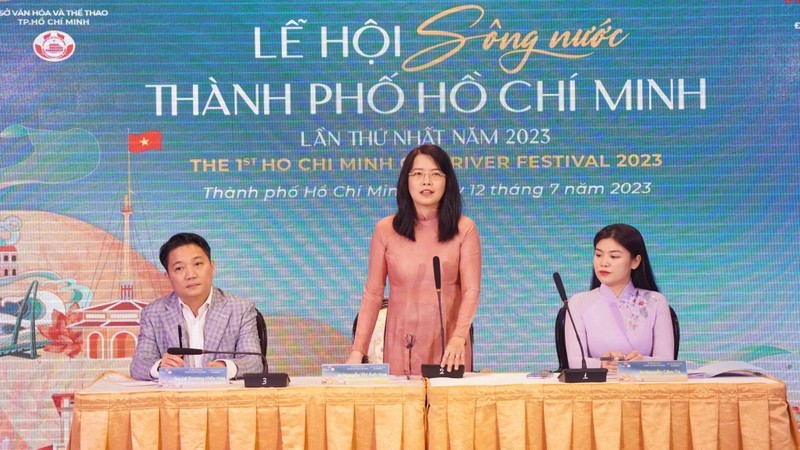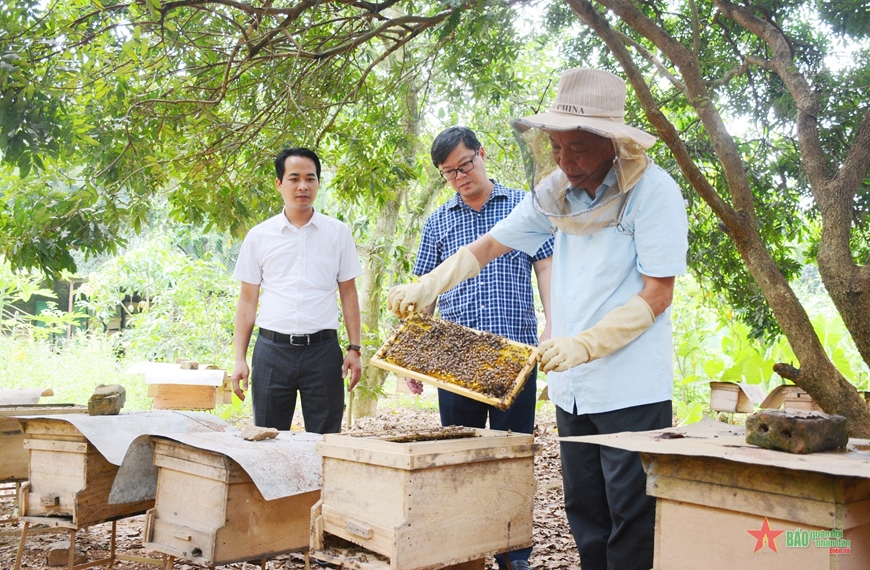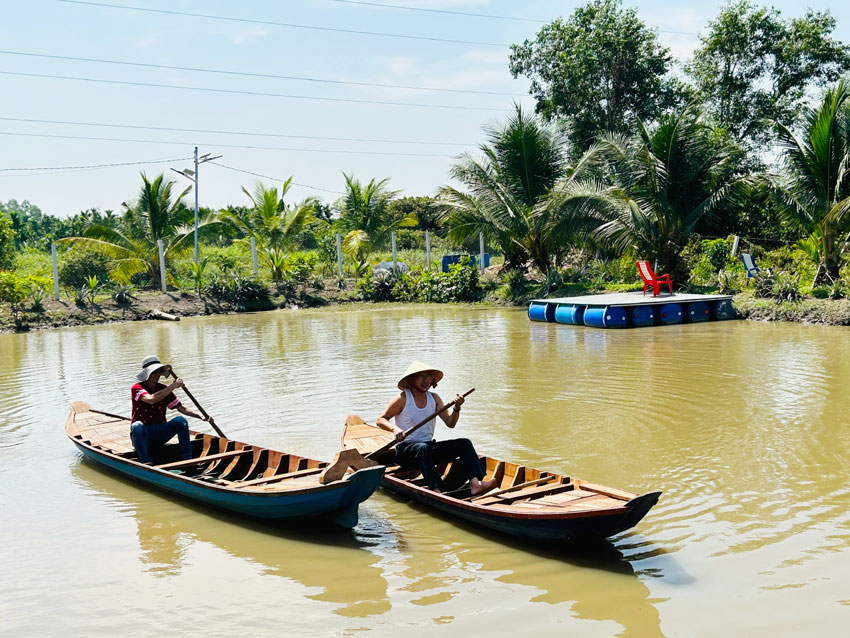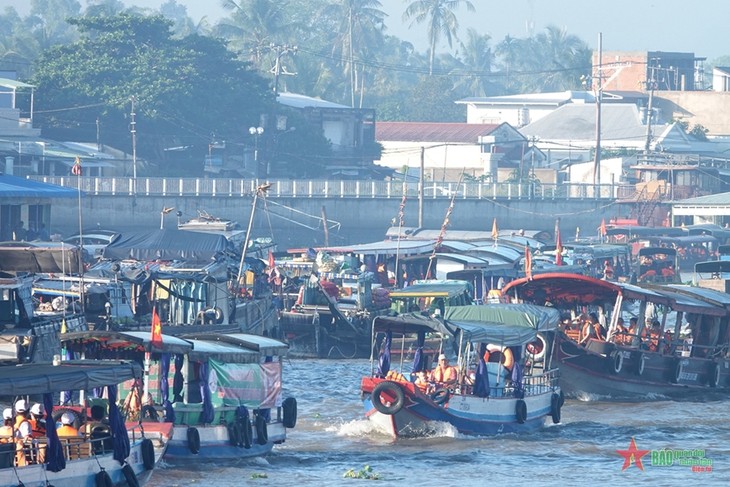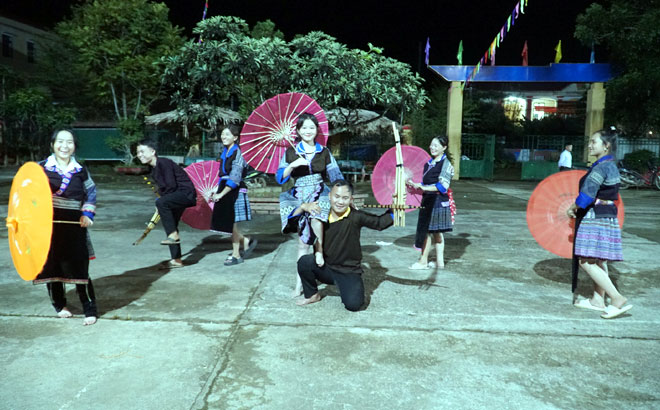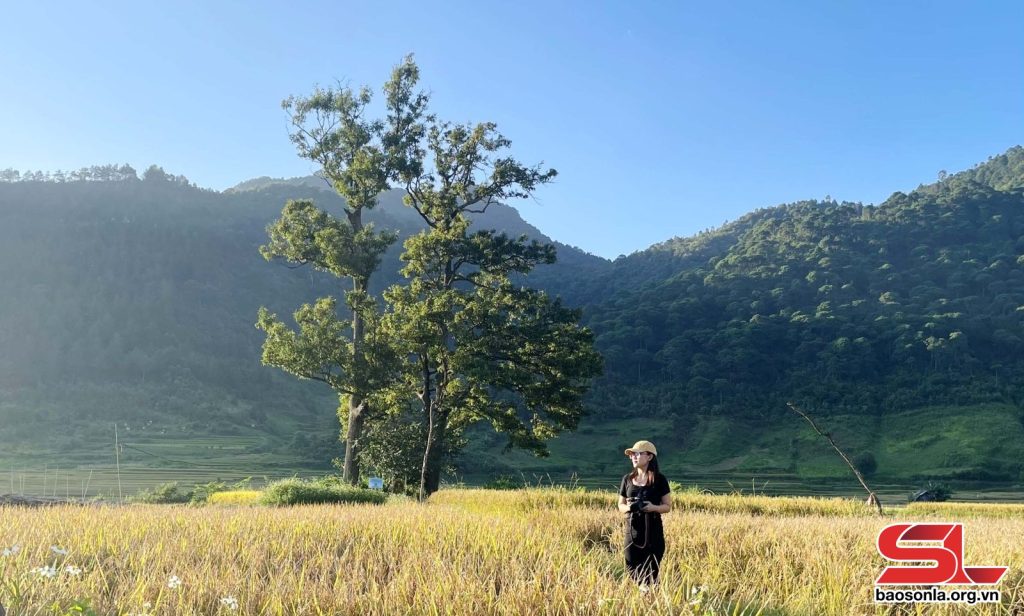
Mangos in Cam Lâm District in the central coastal province of Khánh Hòa are not just a local speciality but a key tourism product since a group of young people successfully promoted the image and value of the fruit.
The young group, mostly born in the late nineties, have initiated various tours with special experiences through mango gardens and provided quality tourism service including food made from the fruit.
Cam Lâm is also well-known as the mango capital of Khánh Hòa, which has much potential to develop agritourism. Lots of tourism models have been carried out in the province, but the mango-community tourism has achieved the best results.
Trần Lê Hòa, director of the Cát Tiên Mango Ltd Company, said previously mangos were sold as just a farm produce in the markets, but now they have been processed into different food items, winning favour of many tourists.
Hòa, one of the young local residents in Cam Lâm, realised the sustainable development of processed mango products, including his bánh xoài Cam Lâm (Cam Lâm mango cake), by promoting its brand name in the local markets through tourism.
“To boost the consumption of mango cake with sustainable output, the brand name of bánh xoài Cam Lâm needs to be based on local tourism,” said Hoà.
He and several other young people had an idea to design and launch tourism tours focusing on “experiencing the Cam Lâm mango gardens and mango specialties”.
To make their idea come true, the group contacted localities that have mango farms, connected local and foreign tourists, and built tours for them to visit the gardens.
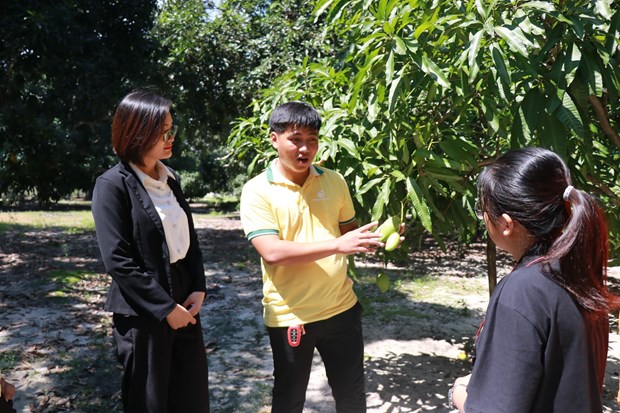
Trần Lê Hòa (centre), one of the young businessmen in Cam Lâm introduces the history of a mango tree to visitors. VNA/VNS Photo Phan Sáu
Such destinations are free for entrance. Visitors can travel there on their own following the instructions on websites such as camlamonline.com, mangocattien.com and other social networks about Cam Lâm.
For those who need a tour guide, the price will range from VNĐ30,000 – 80,000 (US$1.20 – US$3) depending on the service. This includes a visit to a mango garden, during which the visitors can take photos with camera drones. Then, they can ‘check-in’ with ancient mango trees, pick mangos themselves and enjoy the fruits in the garden.
Nguyễn Thị Huyền, a tourist from Khánh Hòa, said the tours were interesting. Through each destination, Huyền could understand more about the history and people of Cam Lâm. She could also learn more about the fruit trees and have a chance to hear different stories about the growers and how to distinguish different mango varieties.
“Through the mango-garden tour, I feel more in love with my homeland of Khánh Hòa and hope there will be more tourism models to experience many products in the province,” Huyền said.
Meanwhile, Đặng Thế Truyền from Camlam Online, said that tourism products provided by the young people in Cam Lâm, were all based on the community.
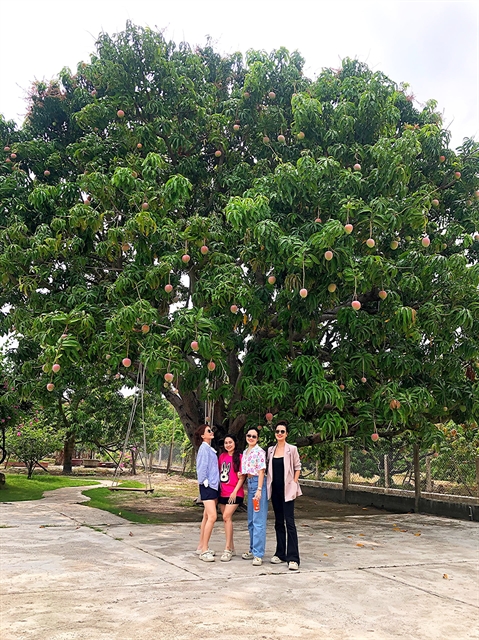
Tourists are excited with big and old mango trees during their tour to Cam Lâm. Photo camlamonline.com
“The tourism products and services developed by the young are always based on sources available in the localities,” said Truyền.
Phạm Xuân Thìn, the owner of a garden with many old mango trees in Cam Hải Tây Commune, revealed that he is now over 70 years old and some mango trees in his garden are of the same age.
“When I was still healthy, I took care of the mango garden and harvested the fruit. Now some young people in the district have rented it to promote agritourism, and I am willing to support them at a very low charge,” he said.
“Opening the garden for tourists to visit, pick mangos and bring them home as gifts, will have a much higher value than selling ripe fruits only. Our family lends the land to these young people to make the tours and let them take care of it.”
Community-based agritourism had long been a target for the district but had not been strongly developed until recently. Now, there are new and effective ways to promote the quality of the fruits and strengthen connections with local tourist attractions to increase the number of visitors to the area.
According to Hòa, his current mango-garden tour only lasts half a day. This gives tourists plenty of time to go off and do other things.
Since the beginning of the year, not only domestic tourists but also groups of foreigners have come to Cam Lâm to explore the mango gardens.
Ngô Văn Bảo, chairman of the Cam Lâm District People’s Committee, revealed the participation of the young in combining agritourism with farm produce consumption, and promoting digital transformation and e-commerce had helped the local mangos expand into new markets.
“The keyword ‘Cam Lâm mango land’ has been much searched on the internet. This tourism model based on local agricultural strengths promises development prospects for the district in the near future. We can become an eco-tourism destination with new appeal,” Bảo said.
Mangos are the main crop of Cam Lâm with a total area of over 7,000ha, including various hybrid and imported varieties.
VNS – https://vietnamnews.vn/


